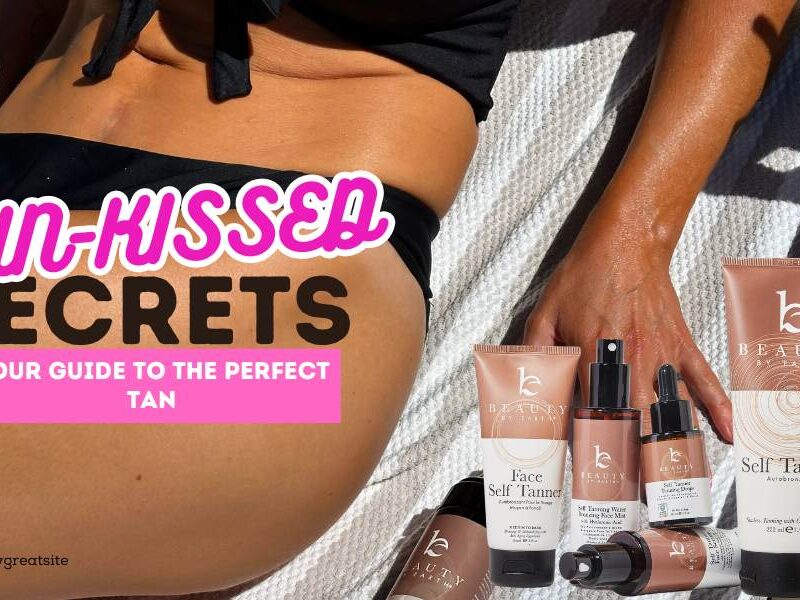If you’re considering orthodontic treatment to straighten your teeth, you may be wondering about your options. Even though traditional metal braces are still popular, more and more people are choosing invisible braces because they are less noticeable and easier to use. In this comprehensive guide, we’ll cover everything you need to know about invisible braces, including the different types available, the benefits and drawbacks of using them, and how they work to straighten teeth.
What are invisible braces, and how do they work?
Invisible braces are a kind of orthodontic treatment that straightens teeth with clear, removable aligners. The most popular brand of invisible braces is Invisalign, but there are other options available as well, including clear ceramic braces and lingual braces.
Invisible braces move teeth gradually into the right place by putting gentle pressure on them. The treatment process involves wearing a series of custom-made aligners, each of which is worn for a period of two weeks before being replaced with the next aligner in the series. The length of treatment varies depending on the severity of the case, but most people can expect to wear their aligners for between six months and two years.
Types of invisible braces: A comparison of Invisalign, clear ceramic braces, and lingual braces
There are several different types of invisible braces available, each with its own unique benefits and drawbacks. Here’s a comparison of the three most popular types:
- Invisalign: Invisalign is the most popular brand of invisible braces, and for good reason. The aligners are virtually invisible, comfortable to wear, and can be easily removed for eating and brushing. Invisalign is also a versatile treatment option, suitable for a wide range of orthodontic cases, from mild to severe.
- Clear ceramic braces: Clear ceramic braces work in a similar way to traditional metal braces, but the brackets are made from clear or tooth-colored materials, making them much less noticeable. While clear ceramic braces are a good choice for people who want a discreet treatment option, they do require more maintenance than Invisalign, as the brackets can stain or discolor over time.
- Lingual braces: Lingual braces are similar to traditional metal braces, but they are attached to the back of the teeth instead of the front, making them virtually invisible from the front. Lingual braces can be a good choice for people who want a discreet treatment option but aren’t good candidates for Invisalign or clear ceramic braces. However, lingual braces can be more difficult to clean and adjust than other types of braces.
Pros and cons of invisible braces
Like any orthodontic treatment, there are pros and cons to using invisible braces. Here’s a rundown of some of the most significant advantages and disadvantages:
Pros:
- Invisible braces are discreet and almost invisible, making them a great option for people who don’t want to wear traditional metal braces.
- Invisible braces are easy to wear and don’t have any wires or brackets, which makes them less likely to cause mouth sores or other problems.
- Invisible braces are removable, making it easy to eat and brush without any restrictions.
- Invisible braces can be a good way to treat a wide variety of orthodontic problems.
Cons:
- Invisible braces can be more expensive than traditional metal braces and may not be covered by insurance.
- Invisible braces need a lot of cooperation from the patient because they need to be worn for at least 22 hours a day for them to work.
- Invisible braces can be more difficult to clean and maintain than traditional braces and can be lost or damaged more easily.
Types of orthodontic cases that are suitable for invisible braces
Invisible braces are a flexible way to treat a wide range of orthodontic problems. Here are some examples of the types of cases that can be treated with invisible braces:
- Crowded teeth: If you have teeth that are overlapping or crooked, invisible braces can be used to straighten them out and create more space in your mouth.
- Gaps between teeth: Invisible braces can also be used to close gaps between teeth and create a more even smile.
- Overbite or underbite: If you have an overbite or underbite, invisible braces can be used to move your teeth into the correct position and improve your bite.
- Crossbite: If you have a crossbite, where some teeth sit inside the opposite arch, invisible braces can be used to align your teeth properly.
- Open bite: If you have an “open bite,” where your front teeth don’t touch when you bite down, invisible braces can be used to close the gap and improve your bite.
Conclusion
People who want to straighten their teeth in a way that is easy and doesn’t draw attention to themselves often choose invisible braces. Whether you choose Invisalign, clear ceramic braces, or lingual braces, invisible braces are more comfortable, look better, and are easier to take care of than traditional metal braces. However, like any orthodontic treatment, invisible braces do have some drawbacks and may not be suitable for everyone. If you’re considering invisible braces, it’s important to talk to your orthodontist about your options and discuss which type of braces is best for your individual needs and goals.
By better understanding the different types of invisible braces available, the pros and cons of using them, and the types of orthodontic cases they can treat, you’ll be better equipped to make an informed decision about your orthodontic treatment. With the help of a skilled and experienced orthodontist, you can achieve the straight, beautiful smile you’ve always wanted with the convenience and comfort of invisible braces.








